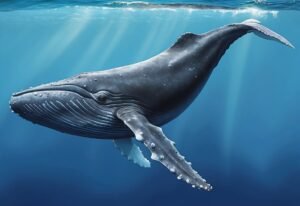Albino Gorilla: Nature’s Rare White Wonder

Snowflake, the world's only known albino western lowland gorilla, lived at Barcelona Zoo from 1966 to 2003, attracting worldwide attention due to his rare white fur and pink skin caused by albinism.

Snowflake, the world's only known albino western lowland gorilla, lived at Barcelona Zoo from 1966 to 2003, attracting worldwide attention due to his rare white fur and pink skin caused by albinism.

Sentient AI fascinates many, raising big questions on machine consciousness, intelligence, and rights, but current AI lacks genuine feelings, self-awareness, and subjective experiences.

Vivid dreams, experienced during REM sleep, are intense and lifelike, usually normal, but can be linked to stress or anxiety; persistent issues may warrant a doctor's advice.

The Goliath birdeater, found in South American rainforests, is the world's largest spider by mass, weighing up to 6.2 ounces with a leg span up to 12 inches.

Dung beetles are small insects that recycle nutrients and control pests by feeding on and burying animal feces, improving soil and aiding farmers.

Electric eels can generate powerful shocks up to 600 volts, which can cause serious harm, but deaths from their attacks are extremely rare.

The siphonophore, at over 150 feet, is now considered the world's longest animal, surpassing the blue whale, and is made up of many small zooids working together.

Toucans, known for their colorful beaks and feathers, inhabit rainforests of Central and South America, using their bills for various functional and social purposes.

The megalodon was an enormous prehistoric shark, living from 23 to 3.6 million years ago, reaching up to 60 feet, known for its massive teeth and fierce predation.

The human skeletal system, composed of 206 bones in adults, supports and protects the body, enables movement, produces blood cells, and stores minerals.